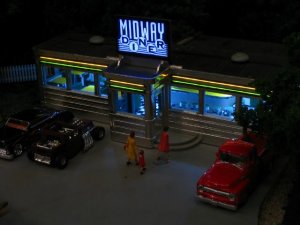goscrewyourselves
I'm the one
Thanks, and yep, I am getting an edumication definitely, especially electrically. There are a lot of great people here who are very knowledgeable and experienced, and where I am concerned, very patient as well.
I ask, what must seem like a lot of dumb questions, and have always gotten great advice, even though some times I don't understand it completely. From my perspective though, I am "slowly" picking this stuff up and that is creating a little more confidence which makes me want to learn more. In short, expect more "dumb questions"
I ask, what must seem like a lot of dumb questions, and have always gotten great advice, even though some times I don't understand it completely. From my perspective though, I am "slowly" picking this stuff up and that is creating a little more confidence which makes me want to learn more. In short, expect more "dumb questions"


